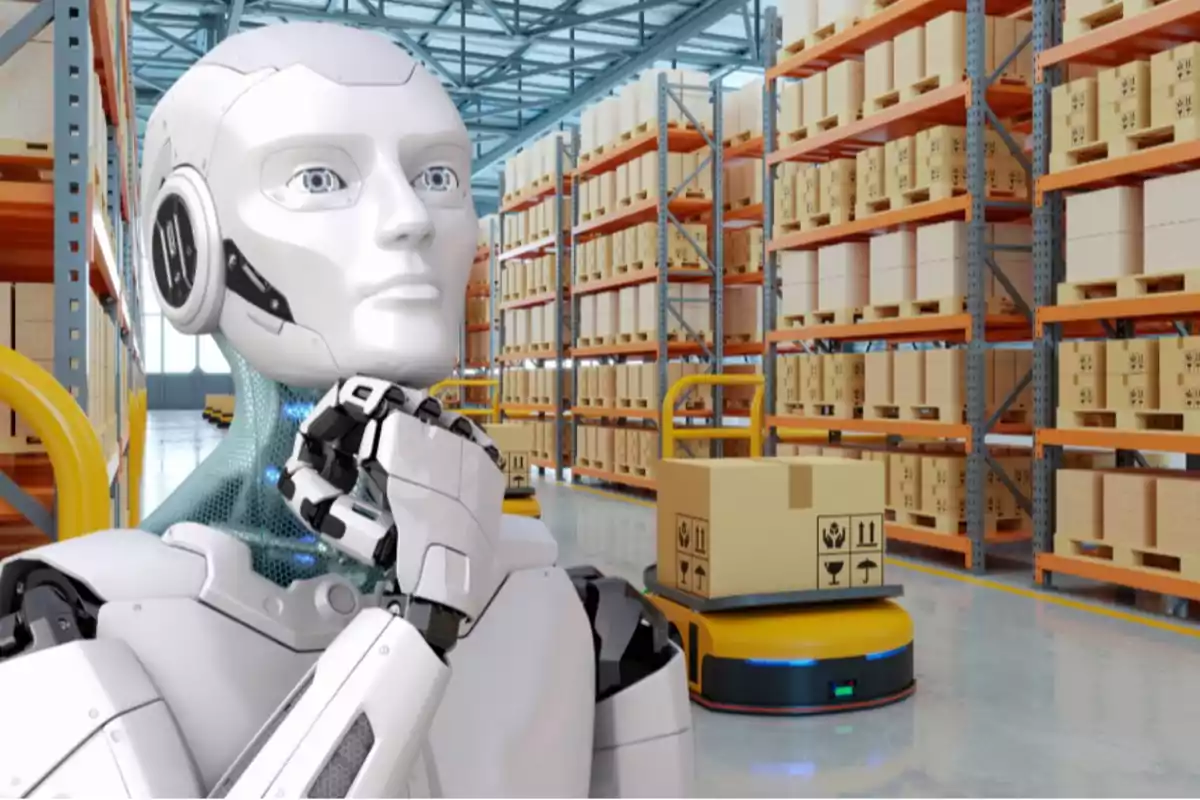Amazon has decided to make a radical shift. The company that was once seen as a major job creator is now changing the rules of the game, the reason: total automation.
Since 2020, the company has introduced one million machines in its warehouses, and the pace isn't slowing down. Now, robots are about to outnumber human employees.
For many, this is a clear sign that traditional warehouse work is disappearing. The company isn't just seeking to be more productive. It wants to reduce its dependence on people and put robots in charge.
What's really happening in Amazon's warehouses?
The rise of robots at Amazon isn't new, but it's grown at an impressive speed. Since 2020, the number of machines has quintupled.

This has led to each worker, on average, handling much more package volume than a few years ago. In 2015, an employee shipped around 175 packages; last year, that figure reached more than 3,800.
Amazon argues that this makes work more efficient and that robots help employees avoid repetitive and exhausting tasks. However, the reality workers experience is different: thousands are losing their jobs and the future of work looks uncertain.
The hidden side of efficiency
Robots don't get tired, don't ask for vacations, and don't have sick days. For Amazon, this is the perfect formula to keep its warehouses running without interruptions and at lower costs. However, this change comes at a high price: mass layoffs.
Since 2022, Amazon has laid off more than 27,000 workers, especially in routine areas now covered by machines. Although Amazon trains hundreds of thousands of employees, automation is advancing faster than their adaptation.
A future without human work?
Andy Jassy, Amazon's CEO, acknowledges that artificial intelligence and robots will transform work. According to him, many jobs will disappear, but others will emerge. However, this promise sounds empty to many employees who already see their positions being eliminated.

Automation raises a question: how can the unemployed be protected? Training is key, but it's not enough.
A model for the world of work?
Amazon's case could be a preview of what's coming for many other companies. Automation is changing the way we work. However, not everyone is prepared for this technological revolution.
The hope is that companies, governments, and society will find a way to make this transition fair and inclusive. Meanwhile, robots have already taken the lead. For thousands of workers, the future of work will never be the same.

